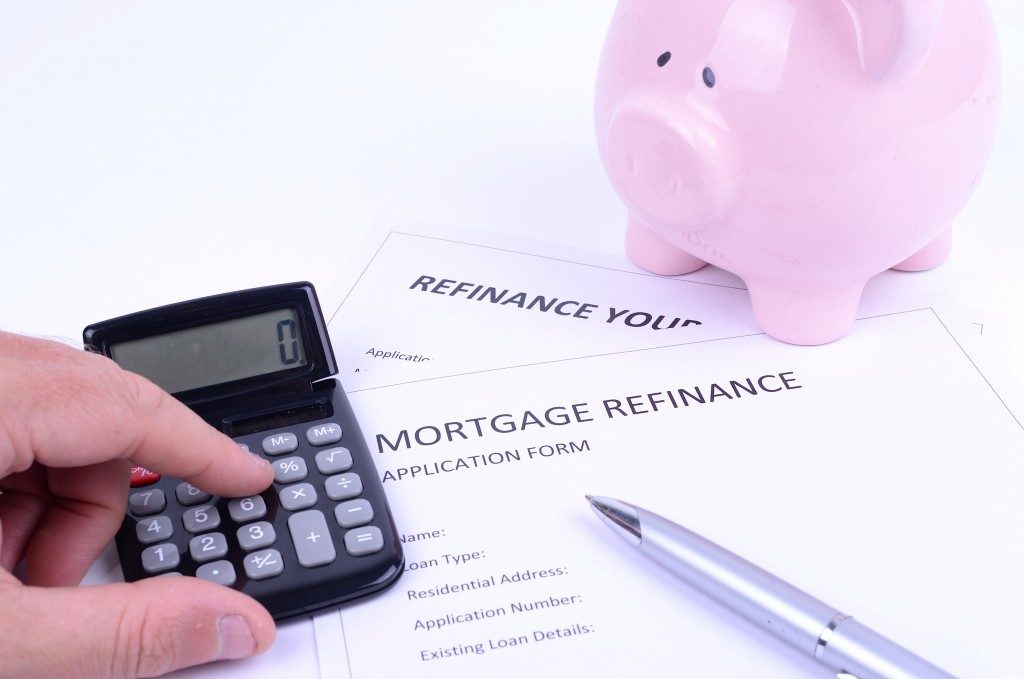What is refinancing? This form of mortgage allows you to obtain a lower interest rate, to consolidate debt, or to cut down the term of your mortgage. It is different from a second mortgage, which is an addition to your current mortgage. How does mortgage refinancing differ?
Replacing Mortgage With a New Mortgage
Mortgage refinancing is a process where your lender will give you a new mortgage to replace an existing one. Refinancing is an ideal option if you’re struggling to pay your current mortgage. It helps you save money, reduce your monthly payments, and allow you to have more room in your budget.
Before opting for this mortgage, you need to understand first your purpose for refinancing. You can refinance to:
- Lower interest cost
- Raise cash
- Reduce the risk of higher rates on an ARM
- Eliminate high-cost short-term debt
- Pay the loan balance to make rate-reduction refinance possible
Although refinancing your mortgage may be a smart decision, it may also turn into a financial burden. That’s why it’s important to do it at the right time for the right purpose.
The Right Time to Refinance
Refinancing your mortgage can cost between three percent and six percent of a loan’s principal amount. It also needs an appraisal, application fees, and title search. Make sure your reason for refinancing will benefit you later on.
The ideal purpose for refinancing is to reduce the interest rate on your existing loan. Your new mortgage should reduce your interest rate by at least two percent. For some lenders, however, one percent savings is sufficient to refinance.
A lower interest rate also increases the rate where you build equity in your home and reduce the amount of your monthly payment. But what if you recently closed on your mortgage and interest rates plunged?
In this case, take the opportunity to refinance because doing it sooner is more beneficial than doing it later. You don’t have to wait for a certain time before you refinance. Once a better deal comes, take it. Seek help from your mortgage professionals to get guidance on taking a new loan.
Refinancing Your Mortgage

Once you’re sure about refinancing your mortgage, consider your lenders and learn about the documents you need to prepare to get an approval. Some lenders will allow you to handle the process online. The process may take time, though.
The steps to refinance your mortgage include:
- Evaluating the purpose of your refinance – this ensures you’re refinancing for the right reason.
- Checking your credit score – your credit score affects the rates you’ll get. A better score means better rates.
- Estimating the value of your home – know the value of your home through the recent sales of similar homes in your area.
- Comparing mortgage rates – choose knowledgeable and patient lenders.
- Applying for the loan – fill out the loan application.
Read the fine print carefully to ensure the terms of your new mortgage are more favorable. For example, companies have different penalties for late payments. You should also check if the lender will allow you to pay off the loan early.
Refinancing your mortgage is a smart financial strategy, but only when you do it right and at the right time. Understand the whole procedure. Prepare the essential documents to streamline the process. And pick the right lender. It’ll be worth it once you close your new loan.